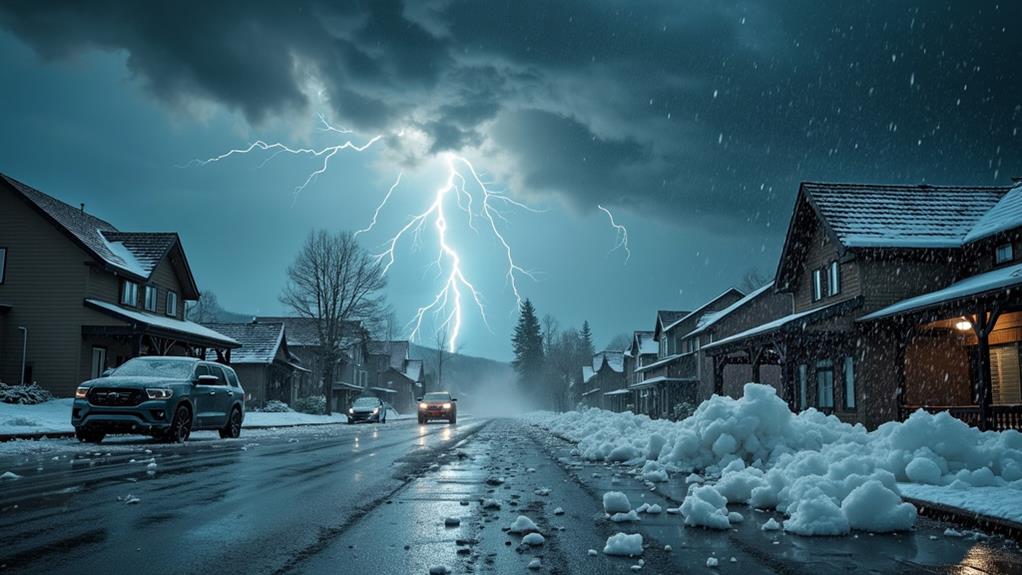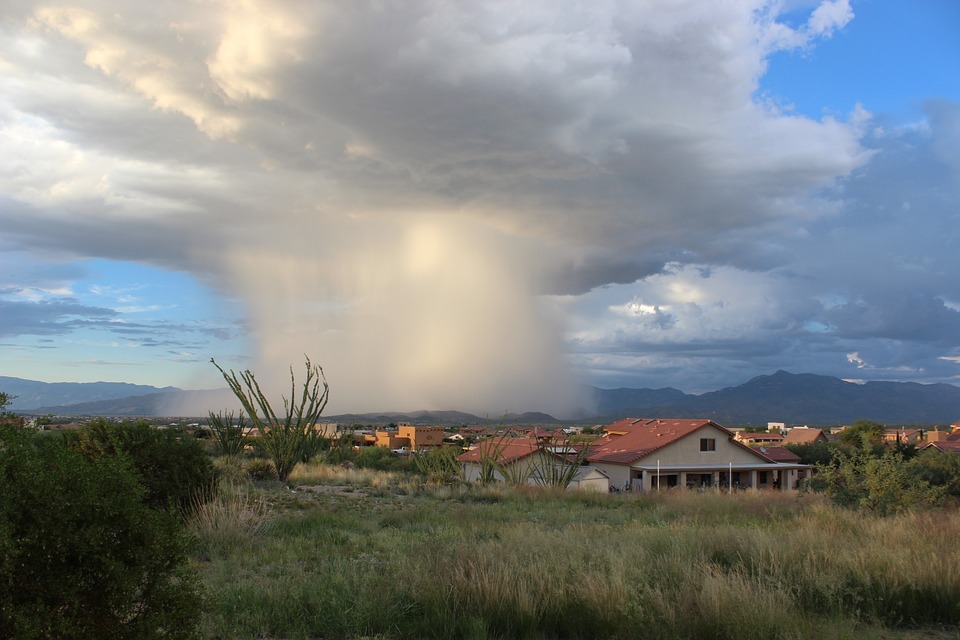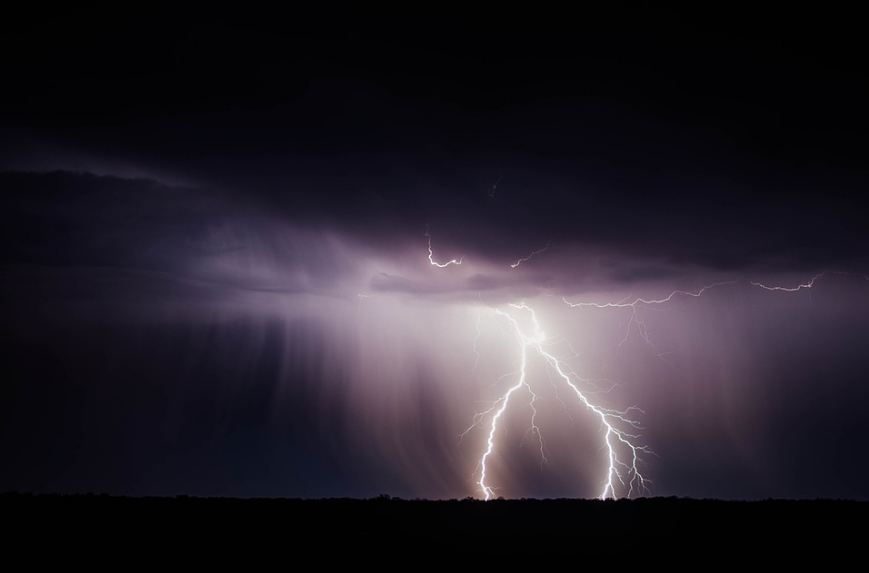What Are the Most Extraordinary Hailstorms in History?

Extraordinary hailstorms have included the costliest U.S. storm on April 10, 2001, causing over $2.5 billion in damage, and the deadliest one on April 30, 1888, in Moradabad, India, taking at least 246 lives. Denver saw a storm on July 11, 1990, with softball-sized hail causing $625 million in damage. The largest recorded hailstone, measuring 8 inches, fell in Vivian, South Dakota, on July 23, 2010. Regarding hail accumulation, Selden, Kansas, was buried under 18 inches on June 3, 1959. Keep uncovering more staggering facts about these unparalleled natural phenomena.
Key Takeaways
- The April 30, 1888, Moradabad, India, hailstorm is the deadliest, with at least 246 fatalities.
- The April 10, 2001, U.S. hailstorm is the costliest, causing over $2.5 billion in damages.
- The July 23, 2010, Vivian, South Dakota, hailstorm produced the largest U.S. hailstone at 8.0 inches in diameter.
- The June 3, 1959, Seldon, Kansas, hailstorm accumulated an extraordinary 18 inches of hail.
- The August 13, 2004, Clayton, New Mexico, hailstorm led to a staggering 15-foot hail accumulation.
Costliest Hailstorms
With regard to the costliest hailstorms in history, few events have left such a significant financial footprint as those in the United States. The most expensive hailstorm occurred on April 10, 2001, along the I-70 corridor, causing over $2.5 billion in damages. This event stands as a stark reminder of the economic impact such storms can have, especially on property and insurance industries.
Another significant event was on April 26, 2012, when a hailstorm hit St. Louis, resulting in $1.6 billion in property damage, making it the second costliest hailstorm in U.S. history. Not far behind, the May 5, 1995, hailstorm in Dallas/Ft. Worth inflicted approximately $2 billion in damages, highlighting the financial vulnerabilities of urban areas.
More recently, on May 8, 2017, a catastrophic storm struck Denver, with damages estimated at $2.3 billion. This event reflects the increasing trend of severe hailstorm costs. While the 2020 hailstorm in Calgary isn't in the U.S., it still illustrates the global economic losses from these events, with at least $1.2 billion in damages.
These events underscore the significant financial and economic impact of hailstorms, emphasizing the importance of robust insurance and preparedness measures.
Deadliest Hailstorms
While the financial toll of hailstorms is undeniably significant, the human cost can be even more devastating. The deadliest hailstorm in recorded history struck Moradabad, India, on April 30, 1888, resulting in at least 246 fatalities. This extraordinary event featured grapefruit-sized hailstones, causing an unimaginable loss of life and severe property damage.
Another devastating hailstorm hit Gopalganj District, Bangladesh, on April 14, 1986. With hailstones also as large as grapefruits, this storm claimed 92 lives, further underscoring the lethal potential of these natural disasters.
In the U.S., fatalities from hailstorms are rare, but not unheard of. On July 31, 1979, a hailstorm in Fort Collins, Colorado, led to the tragic death of a three-month-old baby and injuries to about 25 others. The last confirmed hailstone-related fatality in the U.S. occurred on March 29, 2000, when 19-year-old Juan Oseguera was killed while boating on Lake Worth, Texas.
Historical records indicate only three confirmed fatalities from hailstones in the U.S. Despite the significant property damage these storms can cause, the human toll, though rare, remains a stark reminder of their deadly potential.
Largest Hailstones

Giant hailstones are awe-inspiring yet destructive marvels of nature. The largest hailstones on record can cause immense property damage, leading to significant insurance claims. On July 23, 2010, Vivian, South Dakota, experienced a hailstorm that produced the largest recorded hailstone in U.S. history. This massive hailstone measured an astonishing 8.0 inches in diameter and weighed 1.9375 pounds.
Before this record-breaking event, a hailstone measuring 7.75 inches in diameter was found in Wichita, Kansas, on September 15, 2010. While there are historical reports of hailstones reaching 8 inches in diameter, they lack official verification. The largest verified hailstone before Vivian was found in Aurora, Nebraska, on June 22, 2003, measuring 7 inches.
Globally, other significant hailstones have been recorded, such as a 7.1-inch hailstone in Cordoba, Argentina, in February 2018. These giant hailstones often result in severe property damage, disrupting lives and leading to a surge in insurance claims. Although awe-inspiring, the destructive power of these massive hailstones highlights the impact of such extreme weather events on communities and infrastructure.
Significant Hail Accumulations
Hailstorms don't just produce large hailstones; they can also result in significant accumulations that disrupt daily life. When you think of extreme hailstorms, envision the substantial impacts they can have on infrastructure and transportation. For instance, on June 3, 1959, Seldon, Kansas experienced an extraordinary hailstorm that left 18 inches of hail on the ground, showcasing the potential for severe weather to immobilize a community.
Consider these historical events:
- Clayton, New Mexico (August 13, 2004): A storm resulted in a staggering 15-foot hail accumulation, rendering roads impassable and crippling local infrastructure.
- Cheyenne, Wyoming (August 1, 1985): Eight-foot hail drifts led to flash flooding, overwhelming local drainage systems and causing 12 fatalities.
- Seldon, Kansas (June 3, 1959): The 18-inch hail accumulation from a stationary storm demonstrated how significant hail accumulations can challenge emergency response and transportation.
Such instances highlight the significant impacts that extraordinary hailstorms can have, especially when storms remain stationary. The sheer volume of hail can overwhelm local drainage systems, creating transportation challenges and disrupting daily life. When severe weather strikes, these accumulations underscore the importance of preparedness and resilient infrastructure.
Notable U.S. Hailstorms
When you think about the most significant weather events in the U.S., notable hailstorms certainly come to mind due to their sheer destructiveness. One of the largest hailstorms in history occurred on April 10, 2001, causing over $2.5 billion in damage, making it the costliest hailstorm in U.S. history. In St. Louis, another extraordinary storm on April 26, 2012, resulted in approximately $1.6 billion in property damage, highlighting the severe impact these storms can have.
The Dallas/Ft. Worth area has experienced multiple significant hailstorms. On May 5, 1995, a storm inflicted around $2 billion in damages, marking it as one of the most destructive events in the region. Another devastating storm hit on March 23, 2016, causing about $2.2 billion in damage, reflecting the area's vulnerability to severe hail events.
Denver also witnessed a remarkable hailstorm on July 11, 1990. This storm produced softball-sized hail and resulted in approximately $625 million in damages, showcasing the potential for severe hailstorms to inflict extensive property damage.
These events are some of the most notable hailstorms in U.S. history, each causing billions in damages and leaving lasting impacts on their respective regions.
Global Hailstorm Records
Around the world, record-breaking hailstorms have left a trail of devastation and awe. Historical records of these severe weather events reveal both astonishing natural phenomena and tragic human impacts. For instance, the largest hailstone ever recorded fell in Vivian, South Dakota, on July 23, 2010. This behemoth measured 8.0 inches in diameter and weighed 1.9375 pounds, setting an extraordinary benchmark.
Global hailstorm records also highlight the catastrophic potential of these events. Consider these notable instances:
- Gopalganj, Bangladesh (April 14, 1986): This hailstorm resulted in 92 fatalities, marking it as one of the deadliest globally.
- India (April 30, 1888): An even deadlier event caused 246 deaths due to grapefruit-sized hailstones.
- Munich, Germany (July 12, 1984): Severe property damage was inflicted, with roughly $2 billion in damages, impacting 70,000 homes and 200,000 vehicles.
Not to be overlooked, an extraordinary hail accumulation of 18 inches was reported in Seldon, Kansas, on June 3, 1959. These global hailstorm records underscore the sheer force of nature and the significant property damage and fatalities that can result from severe weather.
Hailstorm Research and Technology
Understanding the immense power and destructive potential of hailstorms is only the beginning. You need to explore hailstorm research and technology to truly grasp how we manage these natural phenomena. Advanced weather reporting technology, such as radar and satellite imagery, plays an essential role in monitoring and predicting hailstorm events. This tech improves public safety and preparedness by providing real-time data on hailstorm occurrences through apps and networks like PWS Network and WunderMap.
Meteorologists collaborate with climatologists and weather historians to study hailstone characteristics—such as size and accumulation—and model future changes in hail frequency and size. Despite fewer total hail days, research indicates potential increases in mean hail size due to climate change. This information is important for enhancing forecasting accuracy and informing infrastructure planning in hail-prone regions.
Real-time data from these technologies helps communities respond effectively to severe weather, reducing damage and saving lives. When you understand how meteorologists use this data, you can appreciate the depth of expertise and technology that goes into forecasting these powerful storms. With ongoing advances, our ability to predict and mitigate the impact of hailstorms continues to improve.
Frequently Asked Questions
What Was the Most Severe Hailstorm?
You're wondering about the most severe hailstorm. On April 10, 2001, severe weather hit the I-70 corridor, causing an unprecedented $2.5 billion in hail damage. This storm set historical records for damage assessment and highlighted the need for better storm preparation and emergency response. Significant meteorological phenomena like this showcase the impact of climate change on weather patterns, affecting everything from agricultural impact to hail safety measures.
What Is the Biggest Piece of Hail Ever Recorded?
Imagine a bowling ball falling from the sky! The biggest piece of hail ever recorded dropped on July 23, 2010, in Vivian, South Dakota. It measured 8.0 inches in diameter, weighing 1.9375 pounds. Hail formation and forecasting play vital roles in predicting such events. Understanding hail zones and types helps mitigate hail damage. Hail research busts many hail myths, ensuring better hail safety and deepening our knowledge of hail history and size.
What Was the Worst Hail Storm in US History?
You're looking for the worst hailstorm in U.S. history? The April 10, 2001 hailstorm tops the list. This disaster caused over $2.5 billion in hailstorm damages along the I-70 corridor. Understanding historical hailstorms and the weather patterns that lead to hail formation helps in emergency preparedness. With climate change influencing hailstorm frequency, it's vital to prioritize hailstorm safety, agricultural impact, and recovery efforts to mitigate future losses.
Where in the World Is Extreme Hail Most Common?
You might wonder if extreme hail is really that common. In reality, you'll find the most extreme hail in "Hail Alley" in the U.S., parts of India, Bangladesh, and Australia. Hail formation is influenced by storm patterns and climate impact. Geographic distribution shows these areas experience severe hail damage and require thorough hail insurance. Improved hail prediction can enhance hail safety and debunk hail myths, helping you understand extreme weather better.




